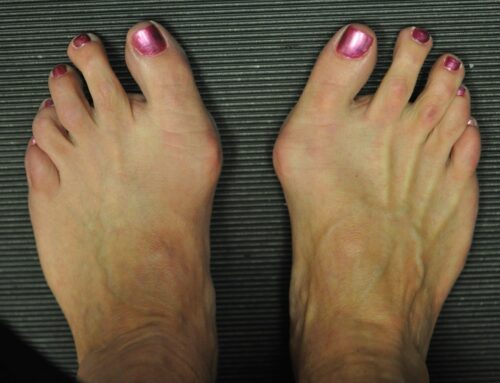How can you help make sure PT works for you?

Nurse home visiting a patient, showing her exercises for arms strenght. Photo courtesy Visiting Angels
By Dori Sugay

Dorie Sugay
A new home care client lamented she went through physical therapy (PT) but it did not work. Because of a “frozen shoulder” she has had to give up a lot of activities. I’ve heard of “the magic” of PT from older adults I have worked with for the past 17 years, so I was motivated to probe into her situation.
More than 300 million physical therapy sessions occurred in the United States in 2022, according to the U.S. Bureau of Labor Statistics. And no, these were not all physical therapy sessions to treat low back pain and knee pain.
While PT is known to involve stretching or strengthening weak muscles after an injury or disability, many seek PT as an effective healing method for many challenges, including but not limited to age-related or sports-related challenges. The list it can treat include carpal tunnel syndrome, frozen shoulder, chronic headaches, low back pain, cerebral palsy, rotator cuff tears, osteoarthritis, pelvic pain, vertigo, long COVID, and many more.
It has also been credited for being a safe alternative to surgery in many cases.
Forty-one percent of patients looking for a drug-free pain relief option found PT to be the most effective treatment. And there’s more. Whereas in years past, PT was a reactionary solution, now it has proven to be an effective and proactive solution that could prevent injury or disability. If you do not wish to go to a facility, there are other options. Lilly Weisinger, a local physical therapist, provides treatment in her home or the client’s home and says, “the longer sessions and personal attention help patients feel heard and they realize how simple changes and exercises can make such a difference in helping them return to living more active lives.”

Many do not realize that one does not need a physician referral to get treatment. (Make sure you check with your insurance if you’re thinking of doing PT without a physician referral).
So how can you help make sure PT works for you?
- Start with realistic expectations. PT is a process. Healing takes time and that may mean finishing the scheduled session and continuing the healing movements long term. Think of the healing movements as insurance, as protection — because they are likely to help prevent reoccurrence of an issue as you age.
- You must be committed to the process. Our new client did not connect with the PT so she didn’t mind missing some sessions. She also did not consistently do her “homework.” In PT, consistent work is a must. Commit to it, address any issue(s) with your therapist, and you are likely to get a favorable result.
- Quitting before your scheduled sessions are completed is like stopping your antibiotics for infection and wondering why you’re not better. If it’s too painful, discuss the pain with your PT — the conversation may lead to other options that could work better, but don’t just quit. Others quit because they don’t see progress immediately. Again, PT is not a quick fix. It is a process.
- Quitting before your session is over is sometimes unavoidable. Your therapist would be more than glad to set you up with a care plan so you may continue the work.

Talk to your primary physician and see if you can get new sessions with a PT. You may need to re-learn the moves or your treatment may need to be updated.
If you can’t get insurance-paid PT treatment, at the least have an exploratory conversation with your physician for guidance before you try things on your own. If insurance involvement is not necessary, you can work directly with a PT since physician referral is not a requirement for treatment.
Aging with an attitude requires us to be open to possibilities. Give PT an honest try. PT could help you age with an attitude.
Sources:
- Lilly Weisinger, Mobility with Lilly; Gilroy.
- Physical and Occupational Therapy; “Physical Therapy: 10 Surprising Misconceptions,” Oct. 19, 2021.
- Exercise & Fitness for Older Adults, “The Role of a Physical Therapist in Healthy Aging,” Oct. 24, 2019.
- Health Sciences Blog; “8 Physical Therapy Myths and Misconceptions Busted,” Sept. 5, 2022.
- Occupational Outlook Handbook: Physical Therapists; U.S. Bureau of Labor Statistics, 2022.
Dorie Sugay is the executive director of Visiting Angel and involved with senior issues in Morgan Hill. She can be reached at (408) 846-2988 or email here at [email protected].






